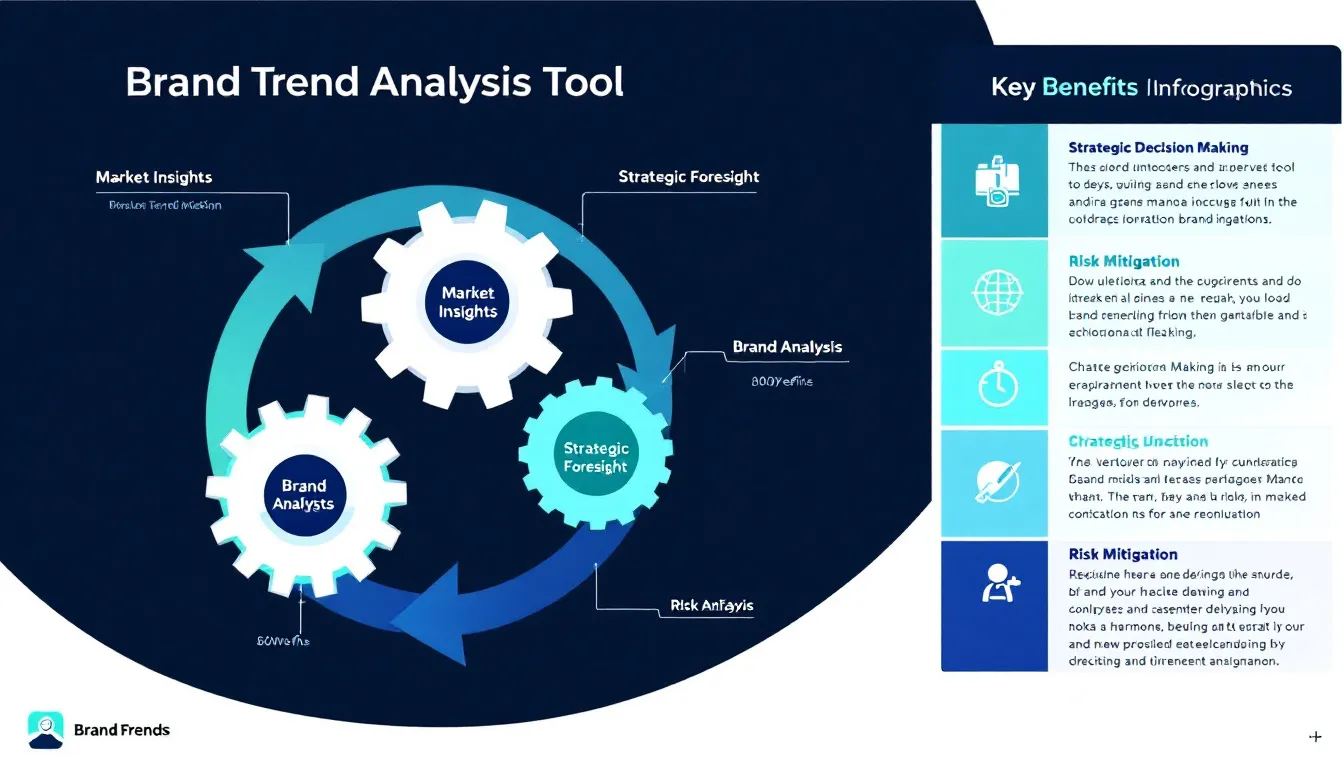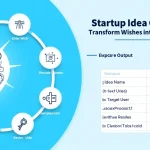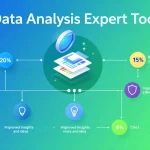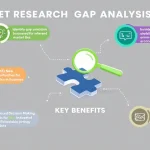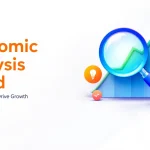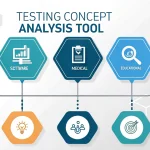Is this tool helpful?
How to Use the Brand Trend Analysis Tool Effectively
The Brand Trend Analysis Tool is designed to provide comprehensive insights into brand foresight and market dynamics. Here’s a detailed guide on using each field:
Required Fields:
- Brand Name: Enter the complete brand name you wish to analyze. Example inputs: “Starbucks” or “Microsoft”
- Industry Sector: Specify the primary industry where the brand operates. Example inputs: “Quick Service Restaurants” or “Enterprise Software”
Optional Fields:
- Time Period for Trend Analysis: Define your analysis timeframe. Example inputs: “2018-2023” or “Previous decade”
- Geographic Market Focus: Specify target markets. Example inputs: “Asia-Pacific Region” or “Latin America”
Understanding Brand Trend Analysis: Purpose and Benefits
Brand trend analysis is a strategic tool that enables organizations to anticipate market shifts, understand consumer behavior patterns, and identify emerging opportunities. This sophisticated analysis tool combines market intelligence with consumer insights to provide actionable foresight for brand strategy development.
Core Components of Brand Trend Analysis:
- Consumer behavior pattern recognition
- Market dynamics evaluation
- Cultural shift identification
- Competitive landscape assessment
- Innovation opportunity mapping
Key Benefits of Using the Brand Trend Analysis Tool
1. Strategic Decision Making
The tool enables data-driven decision-making by providing comprehensive insights into:
- Market trajectory prediction
- Consumer preference evolution
- Competitive positioning opportunities
- Innovation pipeline development
2. Risk Mitigation
By analyzing trends and patterns, organizations can:
- Identify potential market disruptions
- Anticipate competitive threats
- Prepare for changing consumer demands
- Develop contingency strategies
3. Growth Opportunity Identification
The tool helps uncover:
- Emerging market segments
- Unmet consumer needs
- Product innovation opportunities
- Market expansion possibilities
Problem-Solving Capabilities
Market Positioning Challenges
The tool addresses positioning challenges through:
- Competitive differentiation analysis
- Brand perception mapping
- Value proposition refinement
- Target audience alignment
Innovation Planning
Supports innovation initiatives by:
- Identifying white space opportunities
- Tracking technology adoption trends
- Monitoring consumer pain points
- Evaluating market readiness
Practical Applications and Use Cases
Case Study 1: Global Technology Brand
A leading technology company utilized the tool to analyze emerging markets in Southeast Asia:
- Brand Name: TechCorp International
- Industry: Consumer Electronics
- Time Frame: 2020-2023
- Market Region: Southeast Asia
- Outcome: Identified three new market segments and developed targeted product offerings
Case Study 2: Retail Fashion Brand
A fashion retailer leveraged the tool for sustainability initiative planning:
- Brand Name: StyleHouse
- Industry: Fashion Retail
- Time Frame: 2021-2023
- Market Region: European Union
- Outcome: Developed eco-friendly product line based on consumer trend analysis
Implementation Strategy Framework
Phase 1: Data Collection
- Market research integration
- Consumer feedback analysis
- Competitive intelligence gathering
- Cultural trend mapping
Phase 2: Analysis and Interpretation
- Pattern identification
- Trend correlation analysis
- Impact assessment
- Opportunity scoring
Phase 3: Strategy Development
- Action plan creation
- Resource allocation
- Timeline development
- Success metrics definition
Frequently Asked Questions
What types of brands can benefit from this analysis tool?
The tool is valuable for brands across various sectors, including:
- Consumer goods companies
- Technology firms
- Service providers
- Retail organizations
- B2B enterprises
How often should trend analysis be conducted?
The frequency depends on industry dynamics, but typically:
- Fast-moving consumer goods: Quarterly
- Technology sector: Bi-annually
- Traditional industries: Annually
What are the key outputs of the analysis?
The tool provides:
- Trend impact assessment
- Opportunity matrices
- Risk evaluation reports
- Strategic recommendations
How can small businesses utilize this tool effectively?
Small businesses can maximize tool benefits by:
- Focusing on specific market segments
- Prioritizing local trend analysis
- Implementing targeted strategies
- Monitoring immediate competitive landscape
What preparation is needed before using the tool?
Organizations should prepare by:
- Gathering historical market data
- Identifying key competitors
- Defining strategic objectives
- Establishing success metrics
Best Practices for Trend Analysis Implementation
Data Quality Management
- Regular data updates
- Multiple source verification
- Consistent monitoring protocols
- Systematic review processes
Stakeholder Engagement
- Cross-functional team involvement
- Regular progress updates
- Collaborative decision-making
- Feedback integration mechanisms
Important Disclaimer
The calculations, results, and content provided by our tools are not guaranteed to be accurate, complete, or reliable. Users are responsible for verifying and interpreting the results. Our content and tools may contain errors, biases, or inconsistencies. We reserve the right to save inputs and outputs from our tools for the purposes of error debugging, bias identification, and performance improvement. External companies providing AI models used in our tools may also save and process data in accordance with their own policies. By using our tools, you consent to this data collection and processing. We reserve the right to limit the usage of our tools based on current usability factors. By using our tools, you acknowledge that you have read, understood, and agreed to this disclaimer. You accept the inherent risks and limitations associated with the use of our tools and services.
